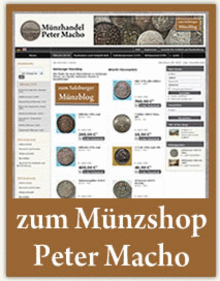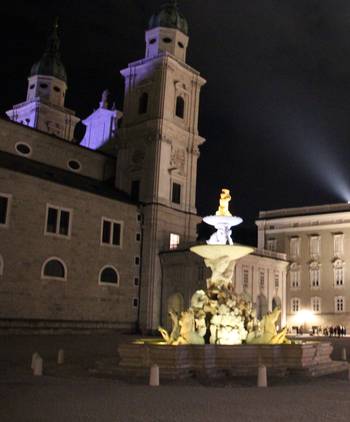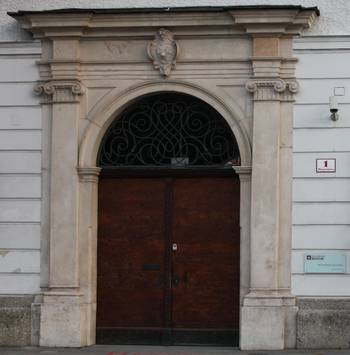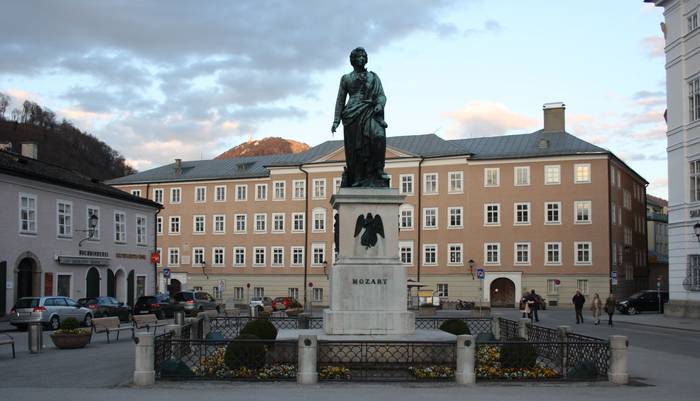Things to look at near Goldgasse
Several of the most important sights of Salzburg can be found near Goldgasse. Here are a few recommendations on what you shouldn't miss!
The Cathedral of Salzburg
The construction of Salzburg’s Baroque era cathedral was preceded by the demolition of the old cathedral. Inaugurated in 1628 and finished in 1654 with the erection of the Salvator statue at the façade’s pediment, the construction of the biggest cathedral north of the Alps all in all took about 55 years.
Behind its impressive façade made from white Untersberg marble (the mountain mass south of the town, near the German border), the cathedral presents its early Baroque design. Tourists can visit the crypt or the Dome Museum, where parts of the ancient cathedral treasure and exhibits from the archbishops’ legacy are on display, as well as varying thematic exhibitions. In the underground Domgrabungsmuseum, one can marvel at the foundations of the previous cathedrals and several Roman mansions (complete with both ancient floor heating systems and beautifully preserved mosaics. Experience Roman and medieval Salzburg at the same time!
The Salzburg Museum
Internationally renowned, the Salzburg Museum offers didactically excellent insights into the history of Salzburg during the time of the archbishops.
The building itself was constructed in 1600 under the reign of archbishop Wolf Dietrich and is called Neue Residenz. Its Renaissance ceiling are an attraction in their own right.
From the Glockenspielturm (at Mozartplatz), a spectatular view of the city’s rooftops and towers presents itself. The visiting hours can be found in the museum’s inner courtyard.
For more detailed information, please visit http://www.salzburgmuseum.at/.
Statue of Mozart
Where Goldgasse disintegrates into Mozartplatz, the iconic Mozart statue greets visitors from all over the world. Formed in 1842 by Bavarian sculptor Schwanthaler, the bronze statue is not only one of the most photographed sights of the city, but also a mute witness to the city politics then and now: planned for the 50th anniversary of Mozart’s death in 1841 it was finished in 1842…






